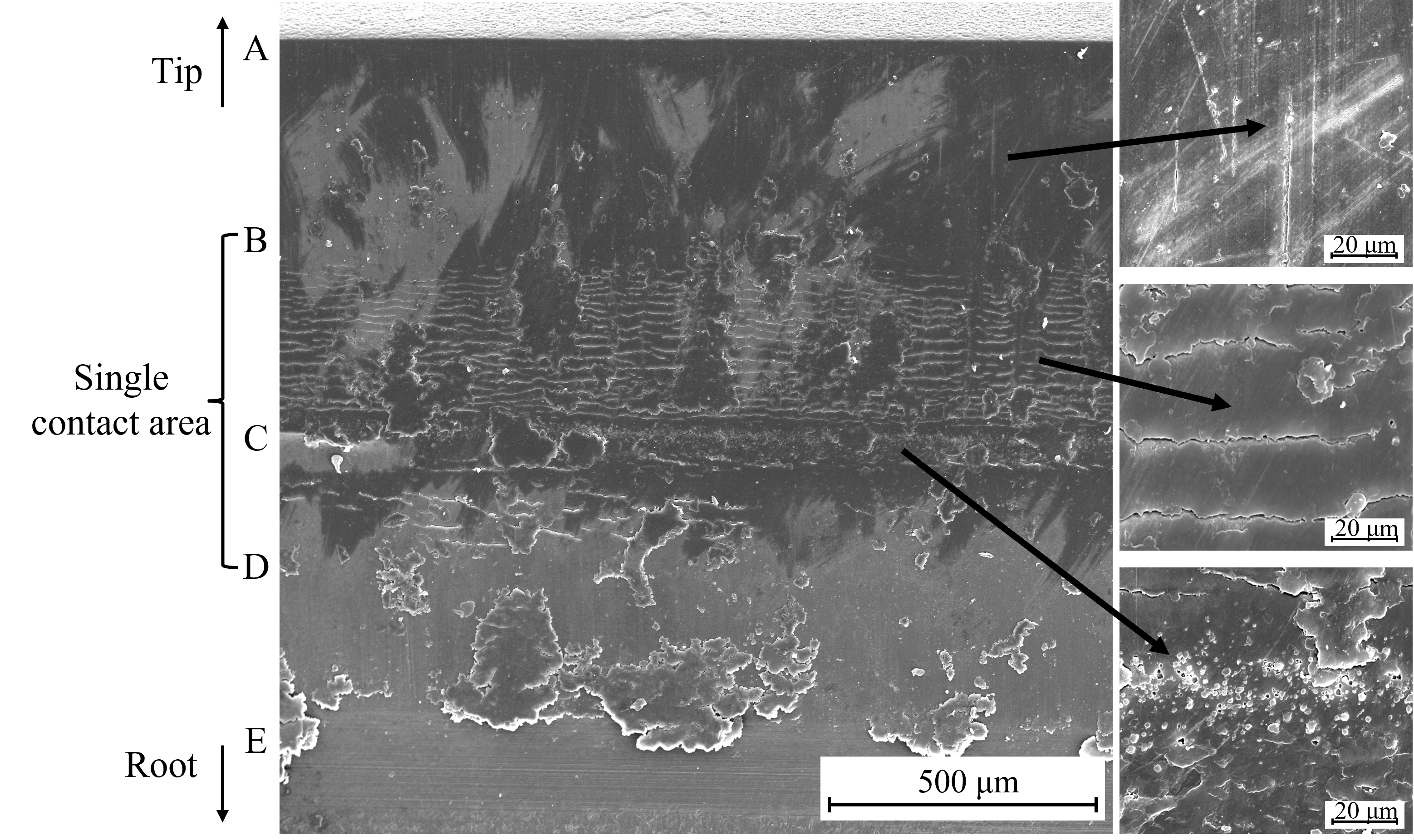Introduction
Gearboxes, actuators and other systems that employ polymer gears are being used in an ever-increasing number of applications. From the automotive industry, where small actuators make the vehicles more comfortable and aid autonomous driving [1], to high-performance e-bikes used for mountain biking. The increase in the number of applications is due to the improved performance of the polymers and their inherent properties, such as low weight, ease of manufacture, low cost, low noise, minimal vibrations, suitability for dry lubrication and freedom of design [2]. Thermoplastics, which can be recycled, are the main type of polymers used for gears. However, due to the lower mechanical performance of polymer materials when compared to traditional gear materials, i.e., metals, the lifetime and transmitted power of polymer gears are two of their key disadvantages. Here we discuss some important aspects when evaluating polymer materials for a more reliable and safe design of gears.
Guidelines for current design calculations
Polymer gears can fail in many ways (Figure 1), e.g., flank failure, thermal degradation, melting, extensive tooth deformation, pitting, root fatigue failure, as well as abrasive and adhesive wear, leading to tooth thinning, a lack of mechanical support and deformation. Several of these failures are known from traditional metal gears, which have been the subject of research for 200 years. Therefore, there are also several standards that guide the designer through the metal-gear design process. However, some failures are different or very pronounced, like tooth thinning and deformation, and this is especially so for those related to thermal effects [3]. Since the thermal stability of polymers is much lower than that of metal gears, and the modulus of elasticity for thermoplastics is more than 100-times lower, the existing standards and norms cannot be applied to polymer-gear design. In 1981 there was a VDI guideline established, i.e., VDI 2545, which tried to consider this difference; however, it was soon revoked. In 2014, a new guideline VDI 2736 [4] was published. Along with the design guideline for cylindrical and worm gears, it includes guidelines for selecting characteristic material values of different polymers to design gears for the two prime failure modes (dry running), i.e., fatigue life and wear coefficients.
Accordingly, this guideline is comprehensive, but there are still some drawbacks, especially at the practical level where the data for predictive models are generated, i.e., testing. If the data are not correct, the prediction will also not be correct. So, there needs to be a strong emphasis on obtaining relevant and reliable data. One of these issues is the very limited data on the fatigue life and wear coefficient of polymer gears, including their wide variation. There are many different polymers that can be used for gears today, the molecular structure, crystallinity, mechanical and thermal properties of which vary a lot. And these cannot be predicted without proper validation. Moreover, these materials are often reinforced with different fibers, typically glass or carbon, which means an even greater variety of materials being available. In addition, the wear coefficient of the materials varies a lot, since typically the data are not obtained under gear-meshing conditions, but rather in model tribology tests, which are associated with many parametric details that are often not considered, but can be overcome with an appropriate tribological approach.
The result of all this is that gear design with polymer materials is not fully reliable due to the lack of specific Wöhler curves and the correct wear coefficients, so the calculation of the gear’s lifetime is uncertain. However, it must be stressed that both the prime failure mechanisms, i.e., fatigue and wear, go hand in hand, and both need to be understood and properly considered for a safe and reliable prediction of a polymer gear’s lifetime.




